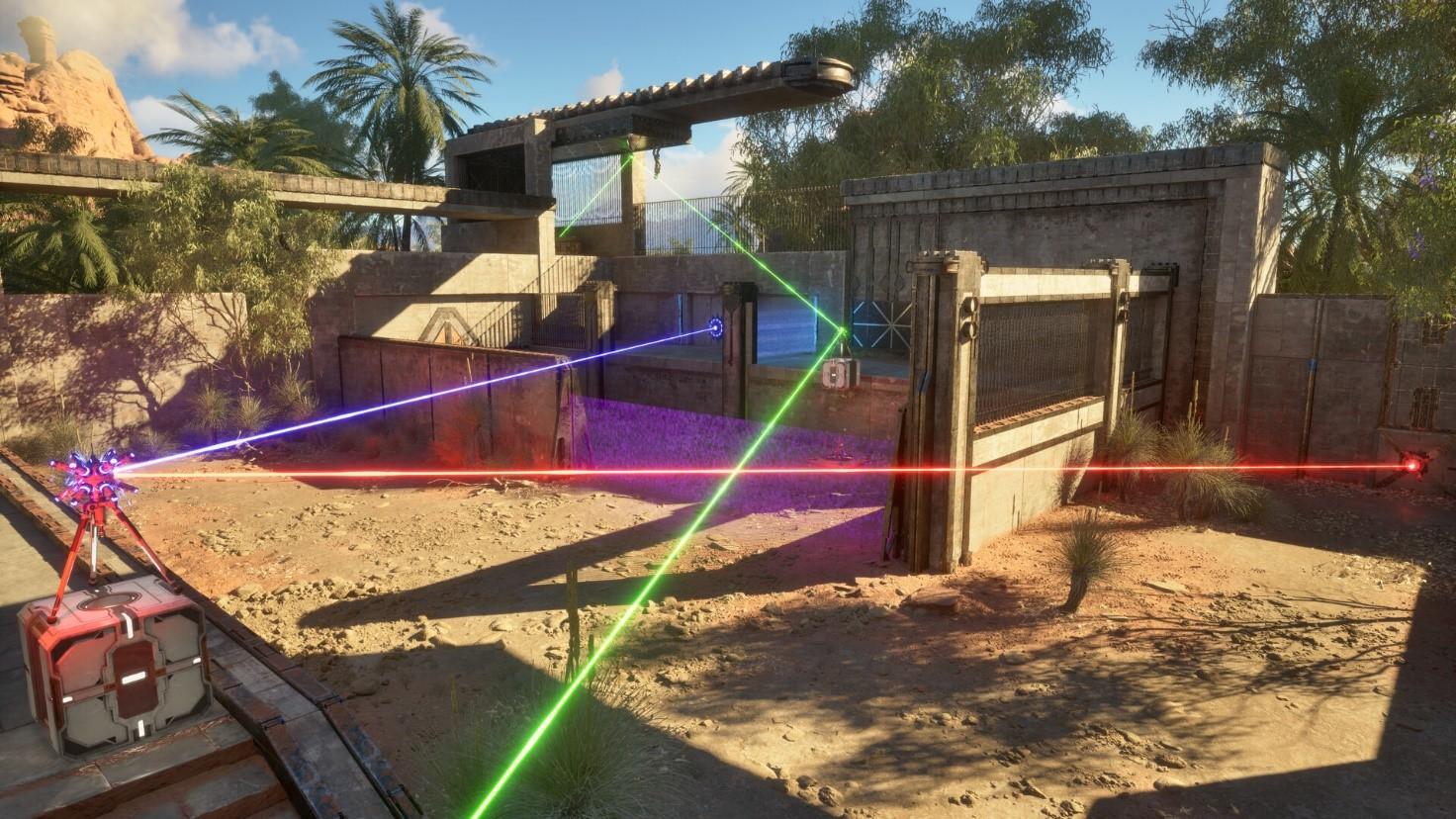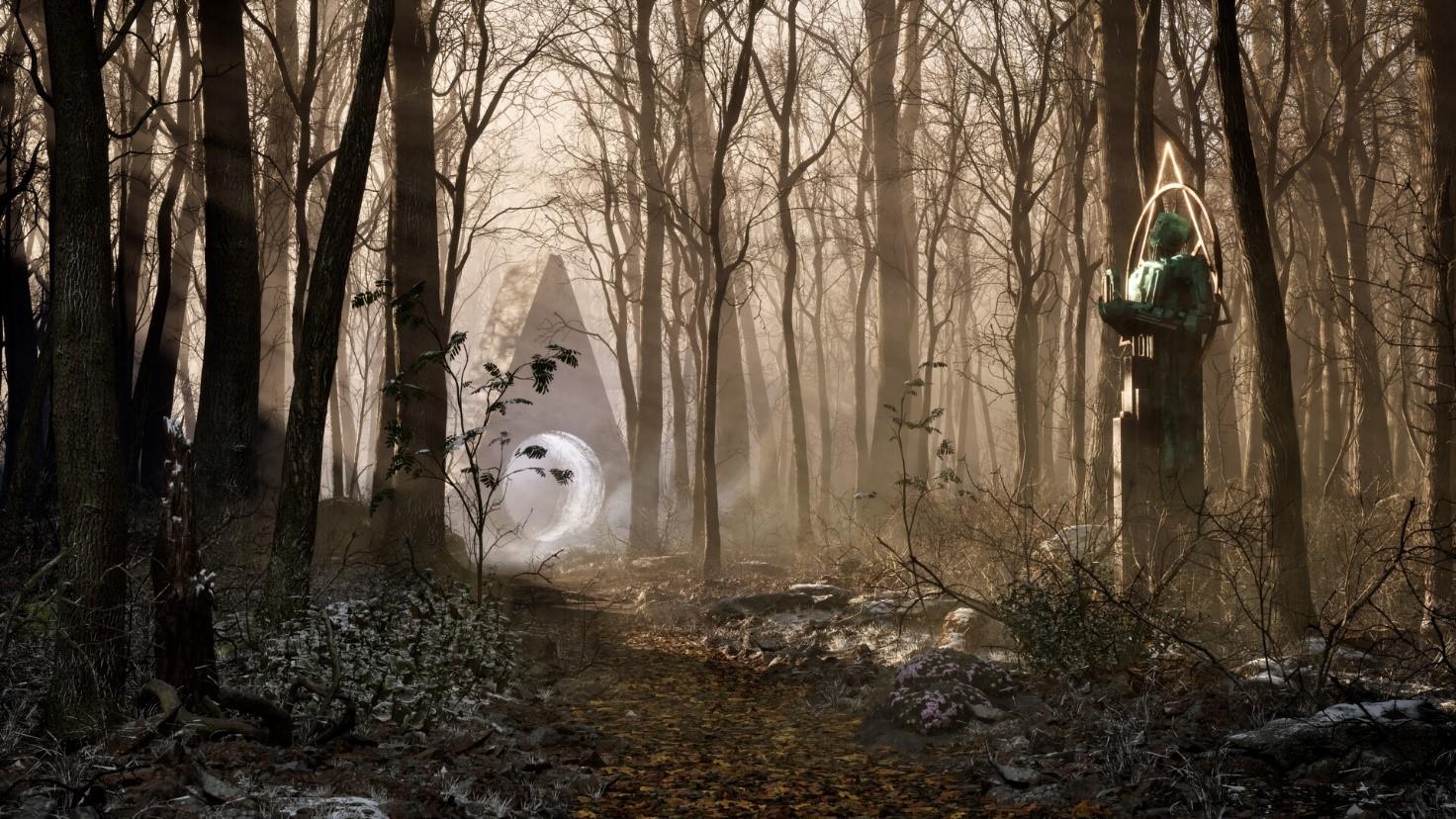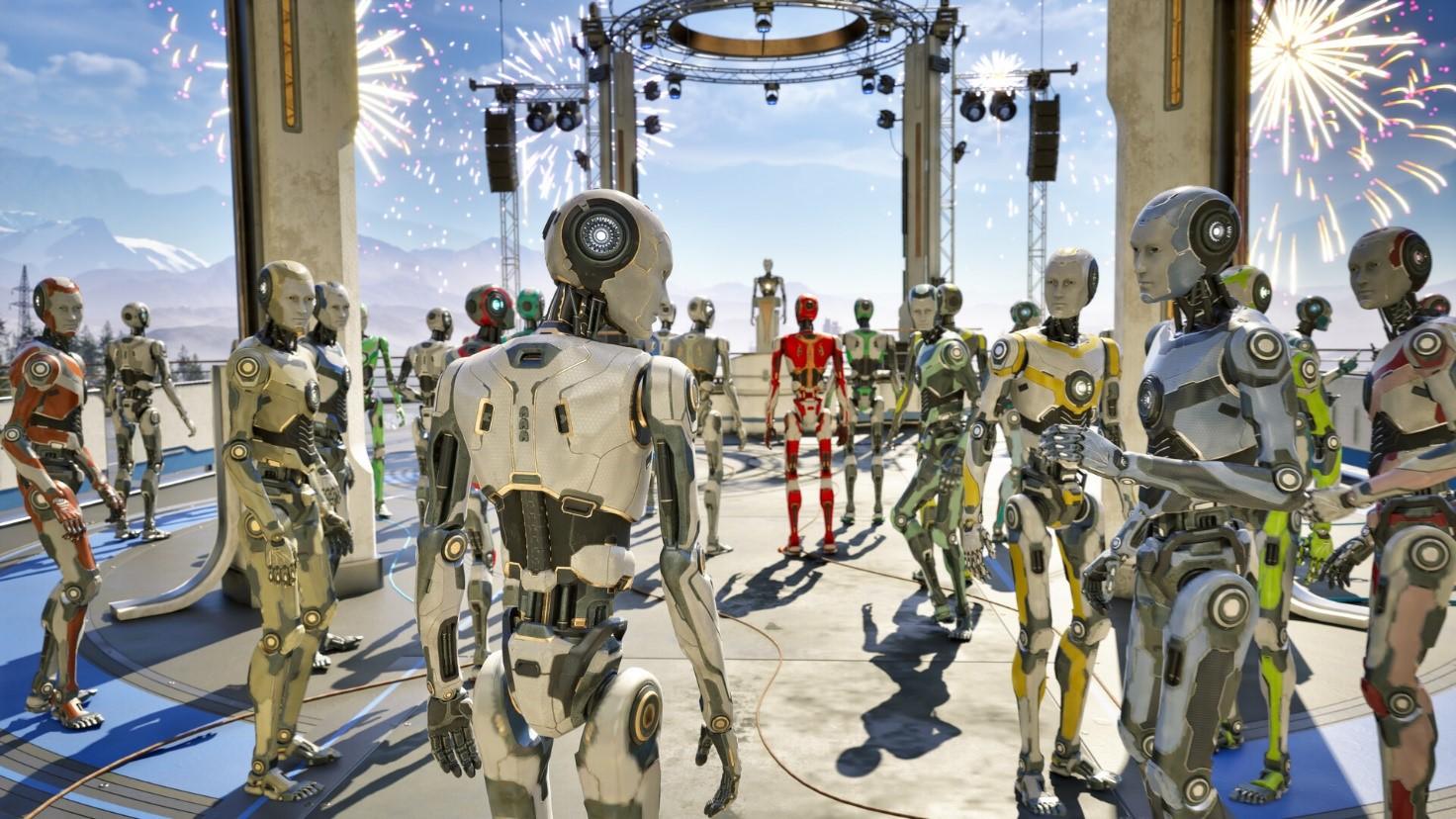
by
Mark Nielsen
, posted 7 hours ago / 888 Views
First announced all the way back in 2016, The Talos Principle II seemed for a long time like one of those mythical titles that might never see the light of day, and in a way that didn’t seem at all peculiar. The first Talos Principle was a very specific blend of puzzle game, existentialism, and robophilosophy that just happened to hit all the right marks. It felt like a one-of-a-kind game that had told a story that could only be told once; even Croteam writer Jonas Kyratzes noted it was tough to follow up on because the plot had been wrapped up so well. But regardless, they did follow it up, and nine years after the original the elusive sequel made its way into players’ hands. The question was whether it had been worth the long wait or if it would have been better to let sleeping cats lie?

To summarize the mechanics of The Talos Principle is to reduce them, as they build upon several different contraptions and devices for you to move around and use within self-contained puzzle areas, but at the heart of it all is the connection of light generators to light receivers, with a special type of device called connectors, and usually a fair bit of ingenuity. The creation of these connections can have various effects, such as powering up a nearby fan to lift you up to higher ground, or powering down a forcefield to let you pass. What The Talos Principle II lets you know right from the beginning is that you’re no longer merely connecting these lasers, you’re transforming them or combining them, using one or two colors to create another. Other than allowing for some very slick RGB lightshows this also adds another dimension to the lasers as a mechanic, with the color now being variable for each beam. Coming off the first game it’s an interesting twist to the rules that players are familiar with, and when you get several of these devices in one puzzle it can create some truly interesting chains.
Less glamorous but just as important is a new quality-of-life change that optionally lets you keep existing connections whenever you pick up a device and move it, allowing for quicker repositioning and experimentation. This smooths the already enticing process of carrying out a solution and creates fewer interruptions in the flow of gameplay. The sequel brings even more to the table by introducing a handful of new mechanics throughout, such as being able to “drill” through walls or create duplicates of yourself that you can switch between.

The bulk of the game consists of 12 open zones, with 8 main puzzles in each, and while each zone will have markers guiding you towards these main puzzles, you’re also free to explore them at your leisure, finding data terminals with extra pieces of lore or optional puzzles scattered around. You might even spot some local wildlife which you can chase on your surprisingly fast robot legs – legs that really come in handy in these large open areas.
As mentioned before, The Talos Principle II has several new mechanics on top of the basics, and in fact it introduces one new mechanic in each of the 12 zones. On the one hand this is a brilliant way to keep things fresh all the way through, as you never run out of new tools to try out, but on the other hand it also has a notable effect on the challenge level. The first title had a nice, even difficulty curve; it started out simple and climbed almost linearly from there, with new elements being introduced sporadically. In this sequel, each zone ends up feeling like a soft reset, starting out with two or three simple puzzles to teach you the new mechanic of that area. This means that – not counting the endgame – the sequel essentially plateaus in difficulty by the end of some of the early zones, and in that sense its structure becomes a double-edged sword, making each new area feel fresh and approachable but lacking in a sense of growth in complexity.

What sets both Talos Principle releases apart from most other titles in the genre is that it’s not only the gameplay that poses brainteasers to the player, it’s also the story. Both entries have a philosophical angle to storytelling that you rarely see in games, and they manage to incorporate this into a specific narrative with a cast of characters. However, while you could count the number of characters in the first game on one hand and still have enough fingers left for a peace sign, the second entry has a dozen important characters and – at least theoretically – a thousand in total.
To summarize it in brief, the first game took place within a simulation that was trying to create true artificial intelligence after humanity had been wiped out by, you guessed it, a deadly virus. The Talos Principle II is in no way shy about referencing and building on top of its predecessor to the extent that the events of the first game have become mythos, and the unnamed player character from that title (now going by Athena) has become the founding figure in a society of new humans, built rather than born and trained in simulations like their founder. At some point a specific goal was set to create exactly 1,000 new humans and you step into the world of the sequel as number one thousand: 1K.
The events from there are best left to be experienced first-hand, but this idea of a new humanity makes The Talos Principle II truly unique; it’s not just a story about people, as in a group of individuals, it’s a story about people, as in a species as a whole. It explores that concept through the dilemmas the new society faces and the opposing views that start to form within it, and eventually the player too must pick a side.

With that being said, for all the depth of the story, it must also be noted that it’s a slow burn. It only rarely has the same oomph in character interactions that you find in many other great stories, and it also lacks the mysterious atmosphere that came from the isolation of the first game. What it offers instead are compelling questions to chew on while you make your way through the equally compelling puzzles, and players will vary in how deeply they engage with that.
In this world of almost identical, artificially-produced “humans”, what mainly sets them apart aside from varying color palettes are their voices. The developers seem to have been well aware of this and played around with the idea by creating diegetic voicepacks. Each human has chosen its own voice from a vast library and installed it, which results in a mix of completely varied accents from around the world. It’s a clever way to show that ideas such as culture and nationality have melded together in the world of the new humans, where quite literally the whole world is gathered in one city, but frankly it can also be a bit jarring early on and takes some getting used to. As for the performances themselves, they’re generally above average, and a few standouts really bring life to their mechanical characters.

All in all, The Talos Principle II is a gem among puzzle games and a worthy sequel to its predecessor, building onto what made the original special, but also standing on its own as one of the finest puzzle releases in many years – one that’s not afraid to challenge the player through more than just its gameplay. To those with even a mild interest in puzzle titles, or a love of unique narratives, it’s well worth considering, and for those with a special affinity for mechanic-based puzzlers it’s quite simply a must-buy.
More Articles